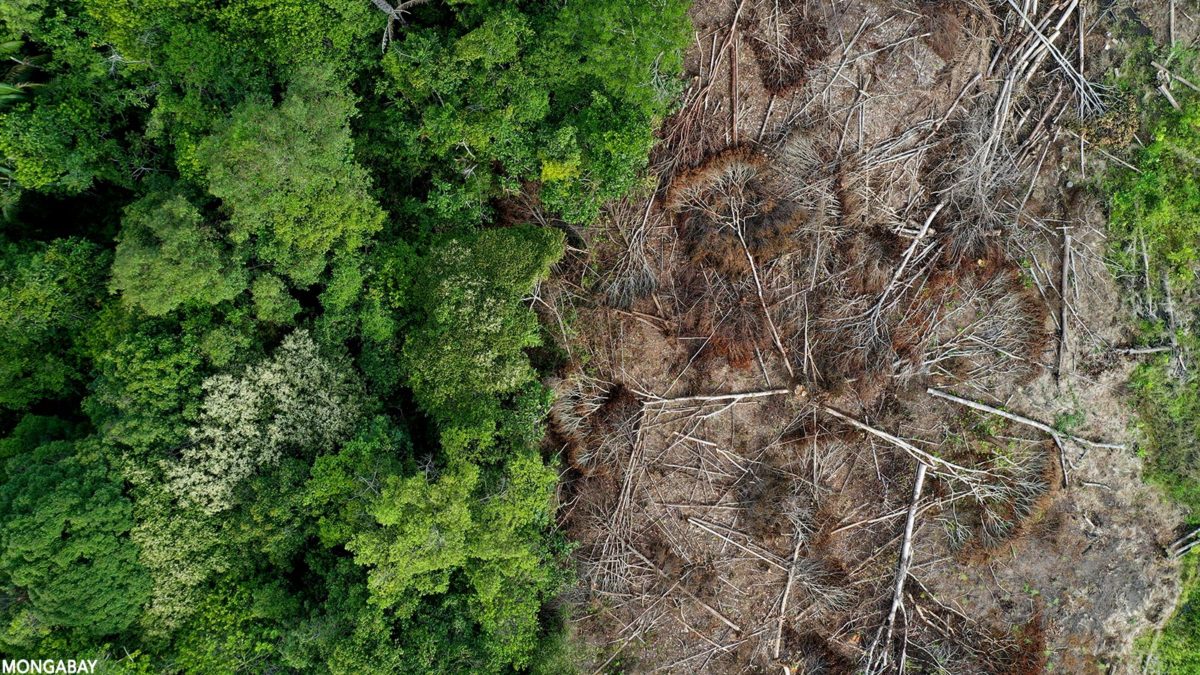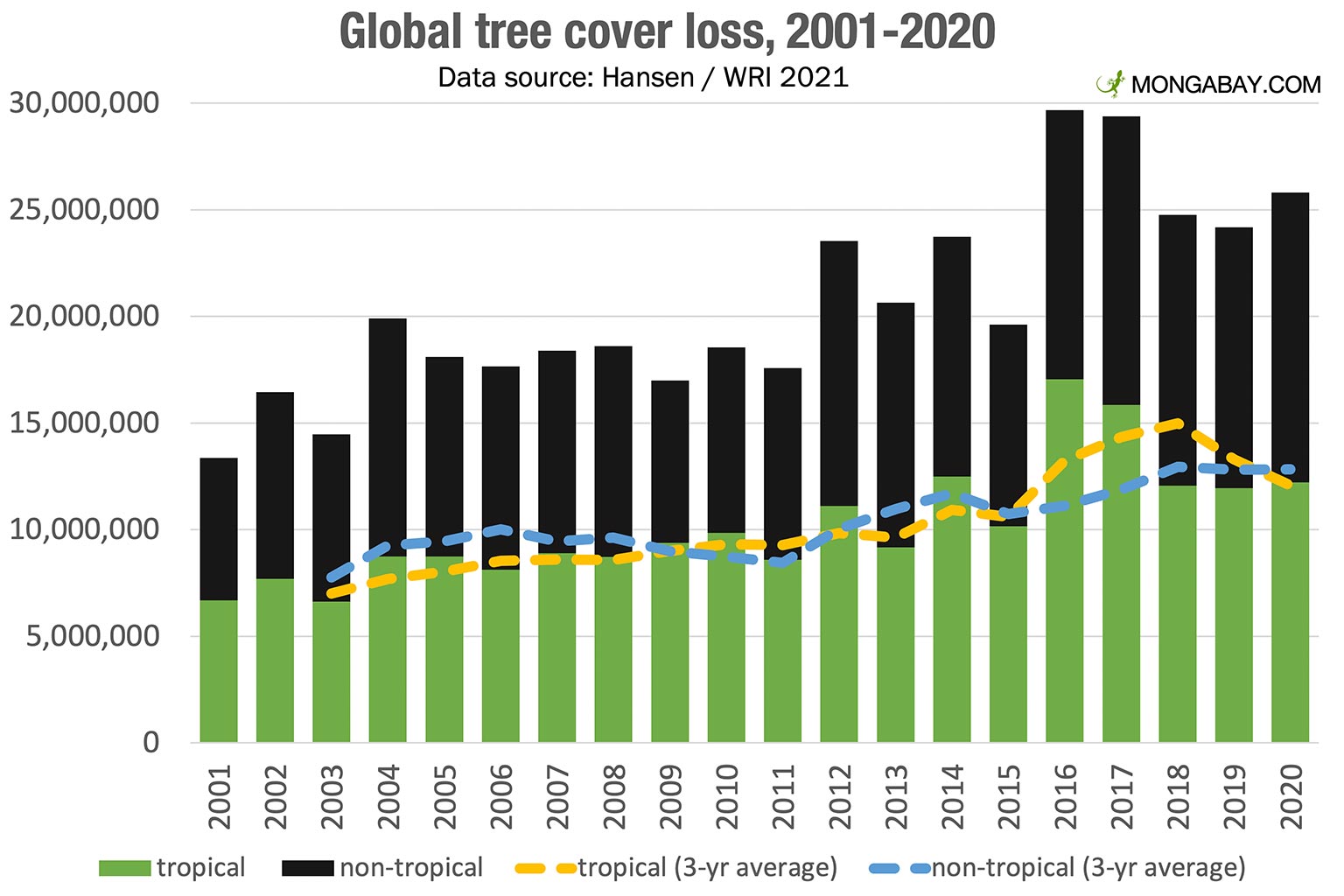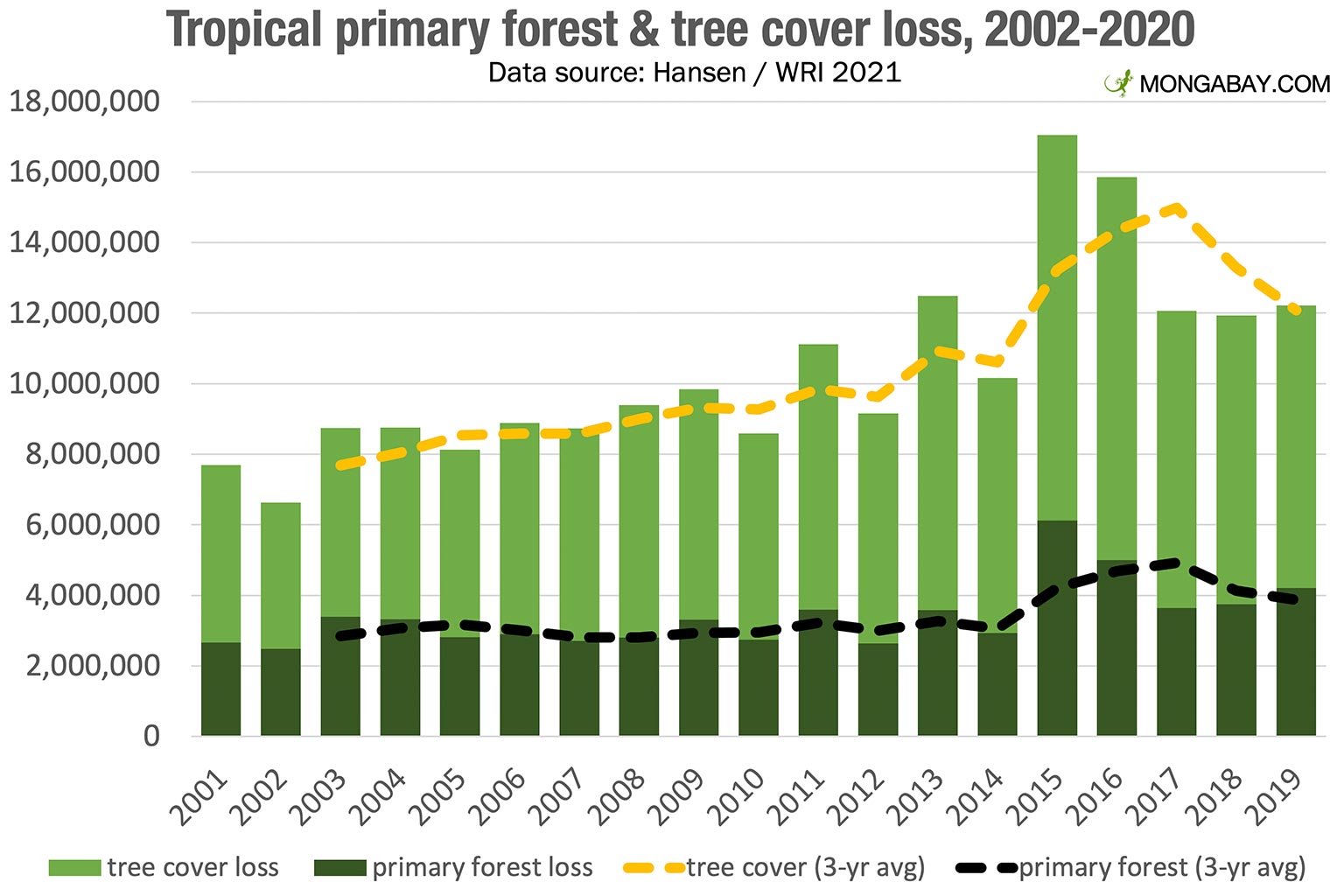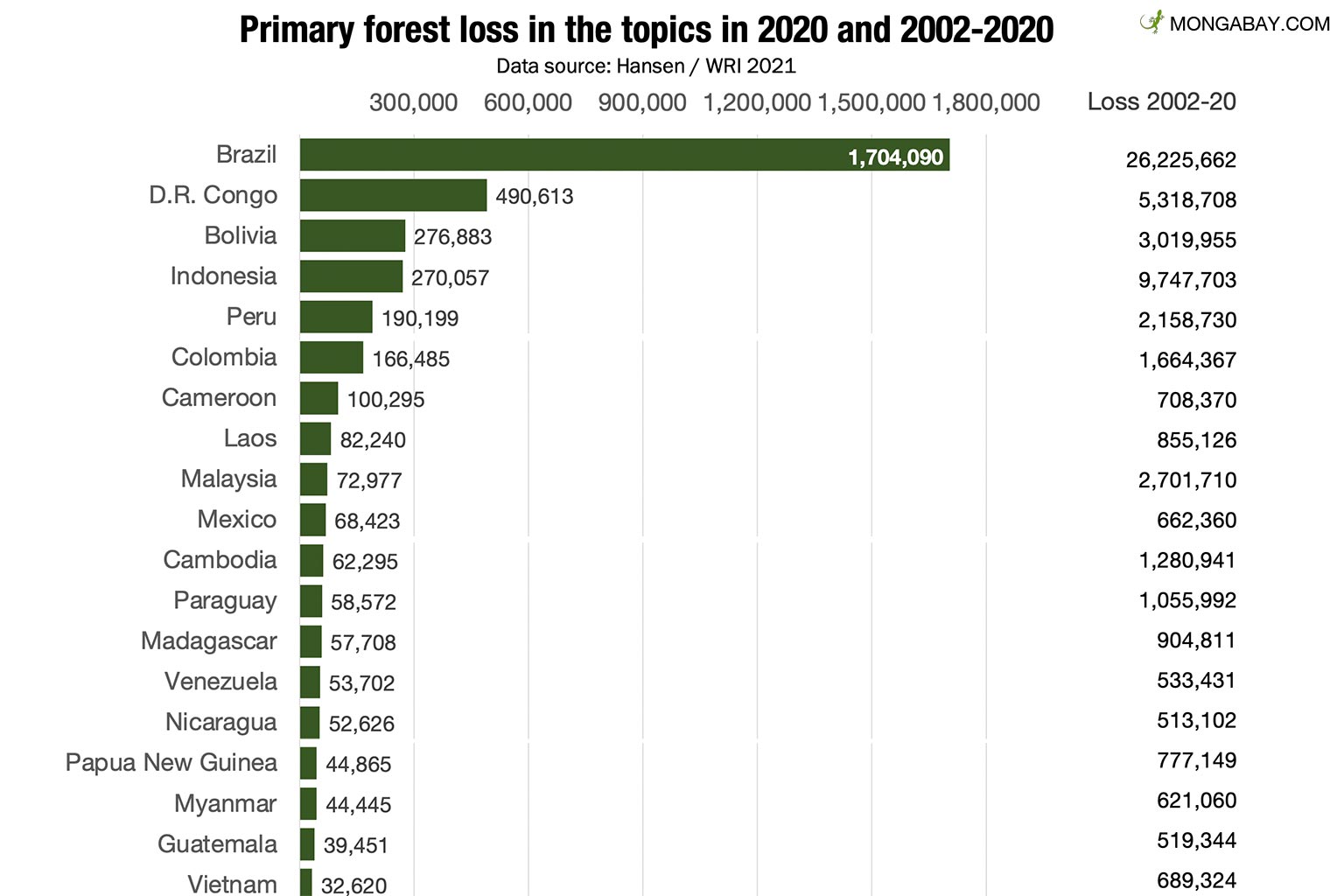No one was sure exactly what near-term impact the global pandemic would have the world’s forests in 2020.
Some expected lockdowns and economic shocks to dampen deforestation rates; others thought surging asset prices, government stimulus programs, diminished environmental law enforcement, and a sudden reversal of rural-to-urban migration would drive forest clearance higher.
Data released today by the University of Maryland provides the first comprehensive quantitative view of what happened in the world’s forests in 2020.
The numbers indicate that forest loss remained persistently high in the immediate aftermath of the pandemic, but “does not show obvious, systemic shifts in forest loss as a result of the COVID-19 pandemic,” according to World Resource Institute (WRI), which has published the data on its Global Forest Watch platform.
The policy response to the pandemic, however, is likely to have a larger impact on the fate of forests, says WRI’s Frances Seymour.
“The COVID-19 pandemic disrupted lives and livelihoods around the world, and the global economy contracted by around 3.5% in 2020. Yet despite the economic downturn, the loss of primary tropical forests ticked up by 12% compared to 2019, continuing an upward trend,” wrote Seymour in a commentary responding to the data. “The more significant impacts of the pandemic on forests are likely yet to come.”
“Unless they see alternatives, governments grappling with constrained fiscal resources and high levels of debt will be tempted to cut the budgets of environmental agencies and license new investment projects that could show up in forest loss data in future years.”
According to the data, the planet lost an area of tree cover larger than the United Kingdom in 2020, including more than 4.2 million hectares of primary tropical forests. Tree cover loss rose in both the tropics and temperate regions, but the rate of increase in loss was greatest in primary tropical forests, led by rising deforestation and incidence of fire in the Amazon, Earth’s largest rainforest.
“The most ominous signal from the 2020 data is the number and variety of instances in which forests themselves suffered in extreme weather events,” wrote Seymour. “In the Amazon, burning now occurs inside the rainforest, rather than just along the recently felled edges.”
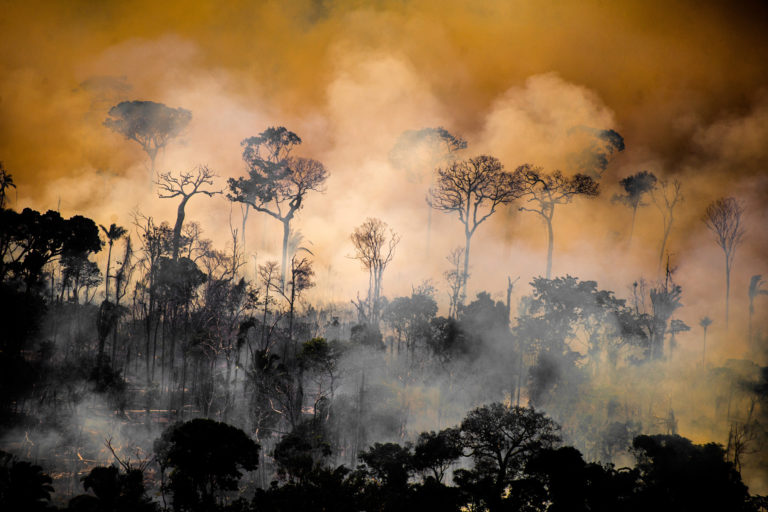
Destruction of primary tropical forests, the world’s most biologically diverse ecosystems, released 2.64 billion tons of carbon, an amount equivalent to the annual emissions of 570 million cars, which is “more than double the number of cars on the road in the United States”, according to an analysis published by WRI’s Mikaela Weisse and Elizabeth Goldman.
Brazil (1.7 million hectares of primary forest loss), Democratic Republic of the Congo (DRC) (490,000 ha), and Bolivia (277,000 ha) topped the list. Loss in the Brazilian Amazon alone amounted to 1.5 million hectares, a rise of 15% over 2019.

